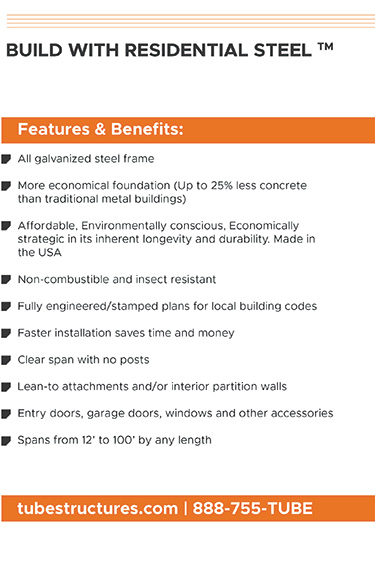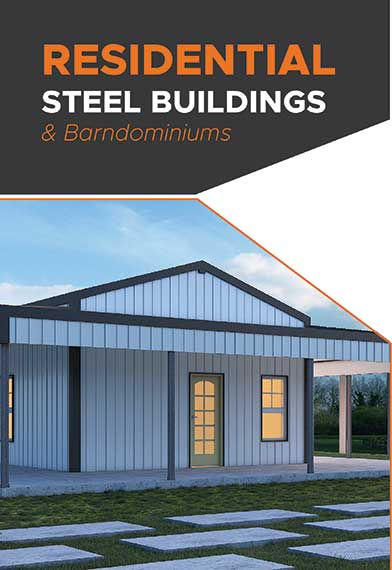MRA Experts Share Top Home Improvement Projects That Have Major Climate Impacts
- August 25, 2020
- Posted by: Alan Hageman
- Category: News

This year, Earth Day falls on April 22. With the theme of “Climate Action,” it’s a prime opportunity for homeowners to consider how they can take steps to minimize climate impacts, right in their own homes. Experts agree that climate action at home takes a top to bottom approach—ranging small, everyday lifestyle habits homeowners can adopt to re-thinking home improvement projects, including:
1) Start at the top: Choosing the right kind of roof can help lower annual energy use by as much as 40 percent. According to the Metal Roofing Alliance, better performing metal roofs “Cool Roofs” are ENERGY STAR qualified and can emit as much as 85 percent of solar heat gain to help keep homes cooler. Even unpainted, basic metal roofs are more energy efficient than asphalt. Homeowners can also earn a tax credit through the end of 2020 by choosing a qualified, energy efficient metal roof while saving energy for years to come.
“How to best reduce solar heat gain is a hot topic for homeowners right now,” said Mark Gallant of DECRA Metal Roofing, a leading U.S. manufacturer of stone coated metal roofing and MRA member. “Research shows that high performing metal roofs can have a very significant impact on lowering temperatures and saving energy.”
2) Harness renewable energy resources: Re-roofing also is a great time to consider ways to be more energy independent and harness a renewable resource by adding solar panels. Metal roofs are the optimal choice for rooftop solar systems because they are made to outlast the panels themselves, helping protect an investment in solar over the long run.
3) Insulate wisely: Picking more sustainable, better performing building materials is only one half of the battle. Proper installation and insulation are also key. Heating and air conditioning account for almost half of home energy use, so be sure to seal up drafts and insulate crawlspaces, walls and attics.
4) Go with energy efficient options: Today’s more efficient home appliances and improvement products can save a tremendous amount of energy as compared to older models. According to the Natural Resources Defense Council, since national efficiency standards were implemented in 1987, these improvements have helped keep 2.3 billion tons of carbon dioxide out of the air, equivalent to the annual carbon pollution produced by nearly 440 million cars. It’s easier than ever to shop for refrigerators, washing machines and other appliances that have the ENERGY STAR label. In many cases, more efficient models won’t cost extra, yet will work to help save energy and money with every use.
5) Choose recycled/recyclable materials: There’s a tremendous amount of energy consumed by manufacturing virgin, single use materials, in addition to the massive contribution to landfills at the end of their life span. Choose recycled and recyclable materials that can be used over and over again at the end of their long life, such as metal roofs instead of petroleum-based asphalt that has a shorter lifespan and has to be dumped into the landfill when it wears out. Reclaimed wood products and other smart environmental choices also help eliminate the need for manufacturing virgin resources.
6) Make a big difference with small steps: Creating more sustainable household habits can have a big impact. For example, reduce food waste by consuming what you buy. Nearly 10 percent of U.S. energy use goes into growing, processing, packaging, and shipping food of which 40 percent winds up in the landfill. Cutting down on water use saves the energy it takes to pump, heat and treat water. According to the EPA, if just one out of every 100 homes were retrofitted with water-efficient fixtures, it would save 80,000 tons of global warming pollution annually. Unplug appliances and devices when not in use because even when they aren’t on or charging, they contribute to “idle load” which adds up to the output of 50 large power plants in the U.S.
7) Think small and mighty: Smaller, more compact homes with reduced footprints are often more sustainable and cost less to maintain over the short and long run. Rethink the amount of square footage you actually need, and keep in mind that larger homes require a lot more when it comes to not only heating and cooling but renovating and remodeling resources, all which have an impact on the environment. Along those lines, use high quality, durable, longer lasting materials that require less repair and replacement and will better protect against the increasing threat of climate extremes.


